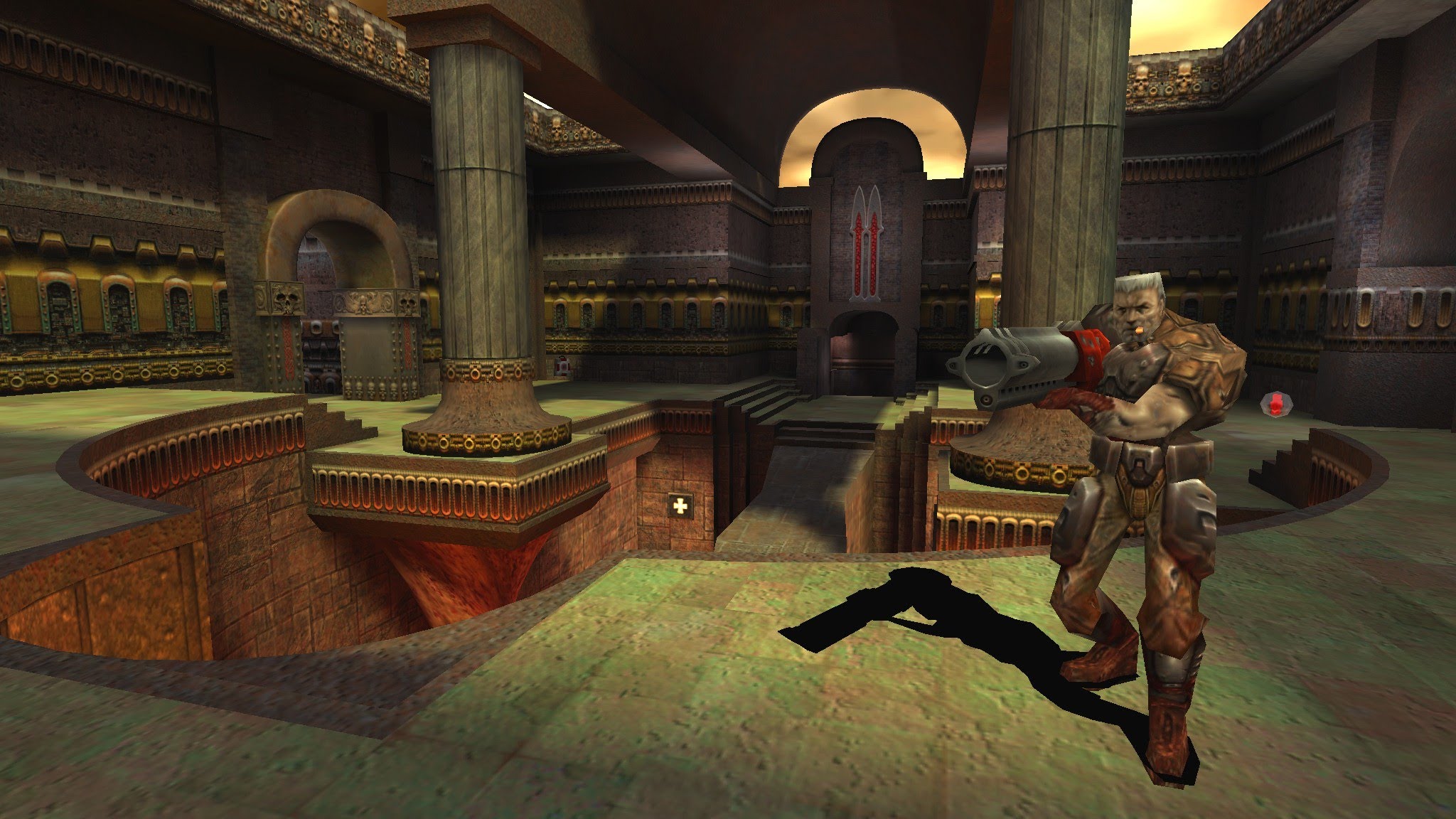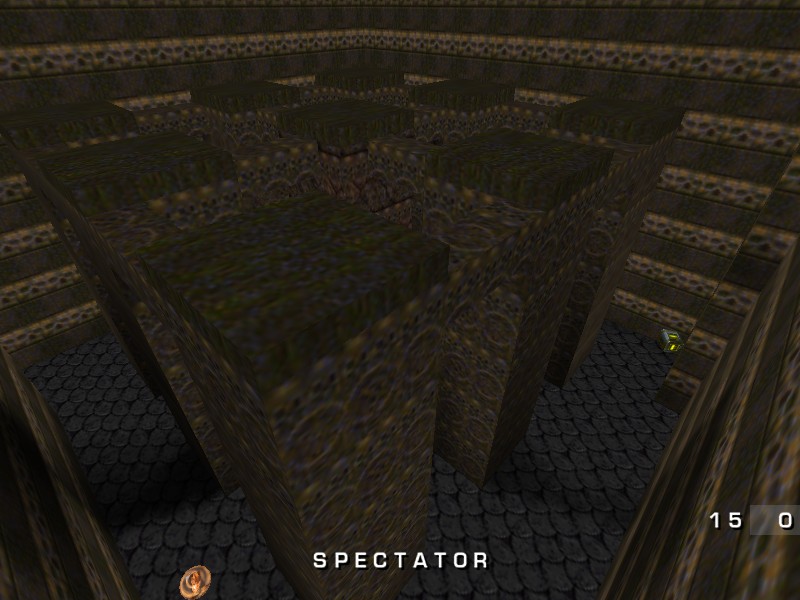
- #Hyper realistic quake iii arena mod mod
- #Hyper realistic quake iii arena mod software
- #Hyper realistic quake iii arena mod code
For example, in Velvet-StrikeĪnd Joan Leandre, 2001), pacifist images are attached to the walls Modifications of the rules of the game and game-discordantĪctions in the source material itself form a third strategy. These onto a 180 degrees circular screen.” Which “converts information (text, images, sound) on the hard disk into three-dimensional abstract movies and projects Jahrmann and Max Moswitzer’s nybble-engine-toolZ (2002), an installation
#Hyper realistic quake iii arena mod code
On the other hand, it aims at (and partly complements) the process of image and sound developmentĪnd highlights the representation of the code and the computing process, as in Margarete (2002) by British artist Tom Betts, which is consciously saturated
#Hyper realistic quake iii arena mod mod
The strategy of abstraction, on the one hand, aims at highlighting the games’ interfacesĪnd thus on a staging of the audiovisual, as in the Quake III Arena (id Software, 1999) mod QQQ Mario Clouds (2002), what remains of the original game are the clouds passing by the viewer from right to left in front In Ashmore’s modification, all obstacles and opponents are deleted from Super Artists cultivate voids and imperfections as, for example, Reduction and abstraction of the source materialįunctions as a second strategy. The weapons players can employ in the FPS point to figures in recent art history, such as Joseph Beuys and Nam June Paik. Of various artists and other personalities connected to the Ars Electronica, including Peter Weibel, Jörg Schlick, and Ecke Bonk. The Brucknerhaus served as the venue for Ars Electronica 1995, and in the game, the player encounters the digitized faces Arsdoom presentsĪ digital model of the Brucknerhaus in Linz, digitally reconstructed on the basis of the original construction plans.
#Hyper realistic quake iii arena mod software
The result was a video game modification based on the first-personġ994), created by using different level editors and the software AutoCAD. Kipcak, in cooperation with architect and mathematician Reinhard Urban,Ĭonceptualized an interactive work. To produce an artwork for the media art festival. Then art director of Ars Electronica, asked architect Orhan Kipcak Was the first video game modification in an art context. This strategy describes the modding of existent video games and theirĪudiovisual interfaces, as is the case in the total conversion Arsdoom (1995), which A first strategy could be termed re-decoration of the source material. Which illustrate in what ways artists treat video games as source material.

ĭifferent artistic strategies may be identified in video game art “operate beyond the threshold of our perception,” disruption foregrounds the medium in question. The medium becomes obstinate,Īs it no longer operates or functions the way it should. These strategies allow artists to quite literally make the medium visible. Strategy, which Bertolt Brecht might have referred to as “alienation.” The shift from transparency to opacity thus becomes a consciously used artistic Perfectly describes the appropriations and modifications of the source material I will discuss below, as these artistic interventionsĭisrupt the successful reception of the artifact. The concept of disruption will be central to my following elaborations. In closing, I will establish further links to traditions in art history in order to offer projections and a historical positioning Strategy is to disrupt the video game’s aspiration for immediacy and to highlight its medial characteristics. The medial and material qualities of video games are 190 supposed to remain invisible to, and unnoticed by, players. These two extreme states, which are thus co-dependent.

Media artifacts constantly oscillate between Opacity and transparency will play key roles in this discussion, as media strive for immediacy (transparency)īut constantly refer to themselves and their mediality (opacity). In a third step, I will draw on media theoryĪnd discuss these examples in the context of transparency and opacity, which will allow me to reflect on computer game art Style and the strategies they employ, these artworks draw on earlier artworks.

As I will demonstrate, in terms of their artistic (1999) and Untitled Game: Arena (1998–2001), both created by the Dutch-BelgianĪrtist couple JODI. In this chapter, I will first discuss different artistic strategies which historicallyĭeveloped in the context of video games as source material.

This constellation may even lead to the creation of paradoxical artifacts-namely unplayable, dysfunctional games. In a way, video games are being stripped, as their structures are laid bare and made visible. Artists deconstruct, defamiliarize, and disrupt the games, and thus expose However, in this contextual space, completely new forms of gamespace and gameplayĮmerge, which critically challenge the medium. Academic discussions of video games have largely failed to consider the relevance of video


 0 kommentar(er)
0 kommentar(er)
